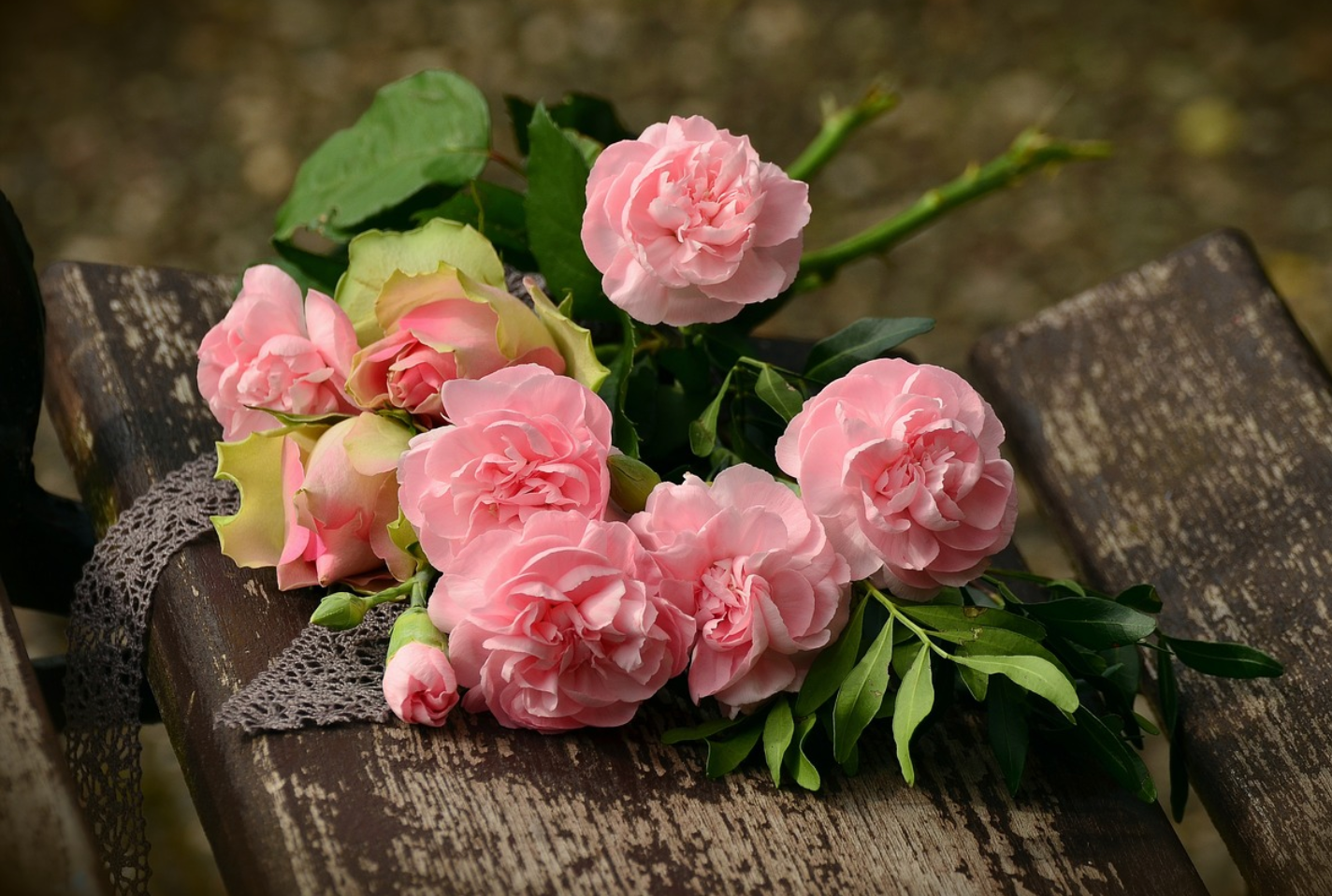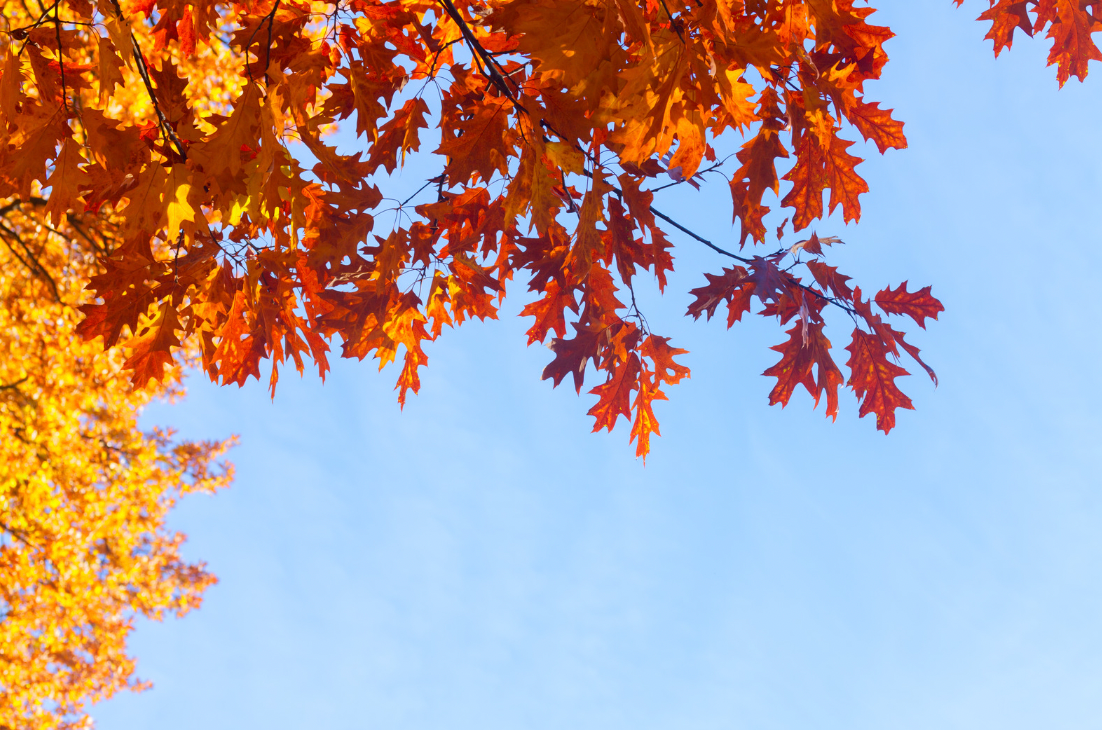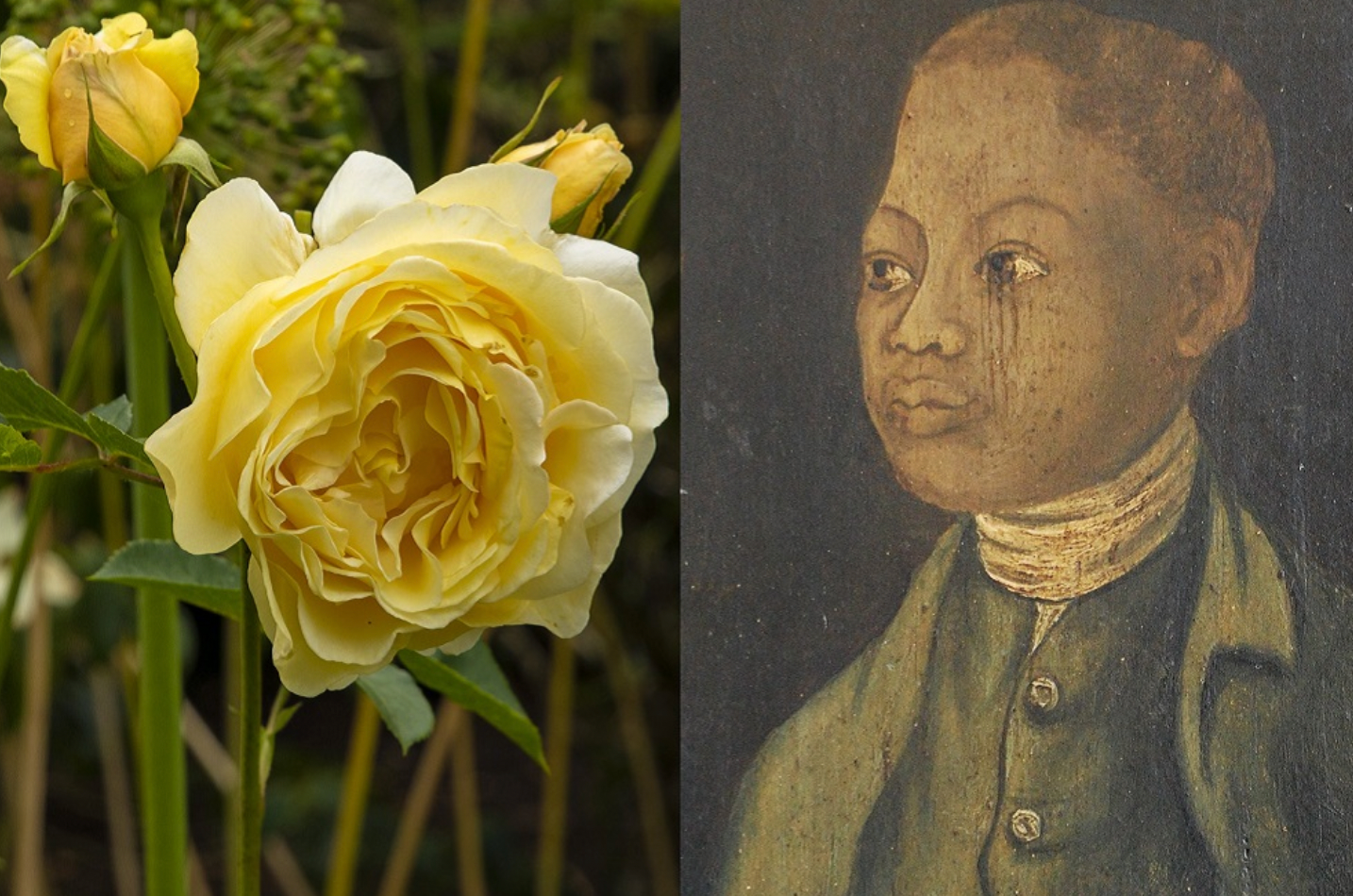The Blossoming History of the White House Rose Garden
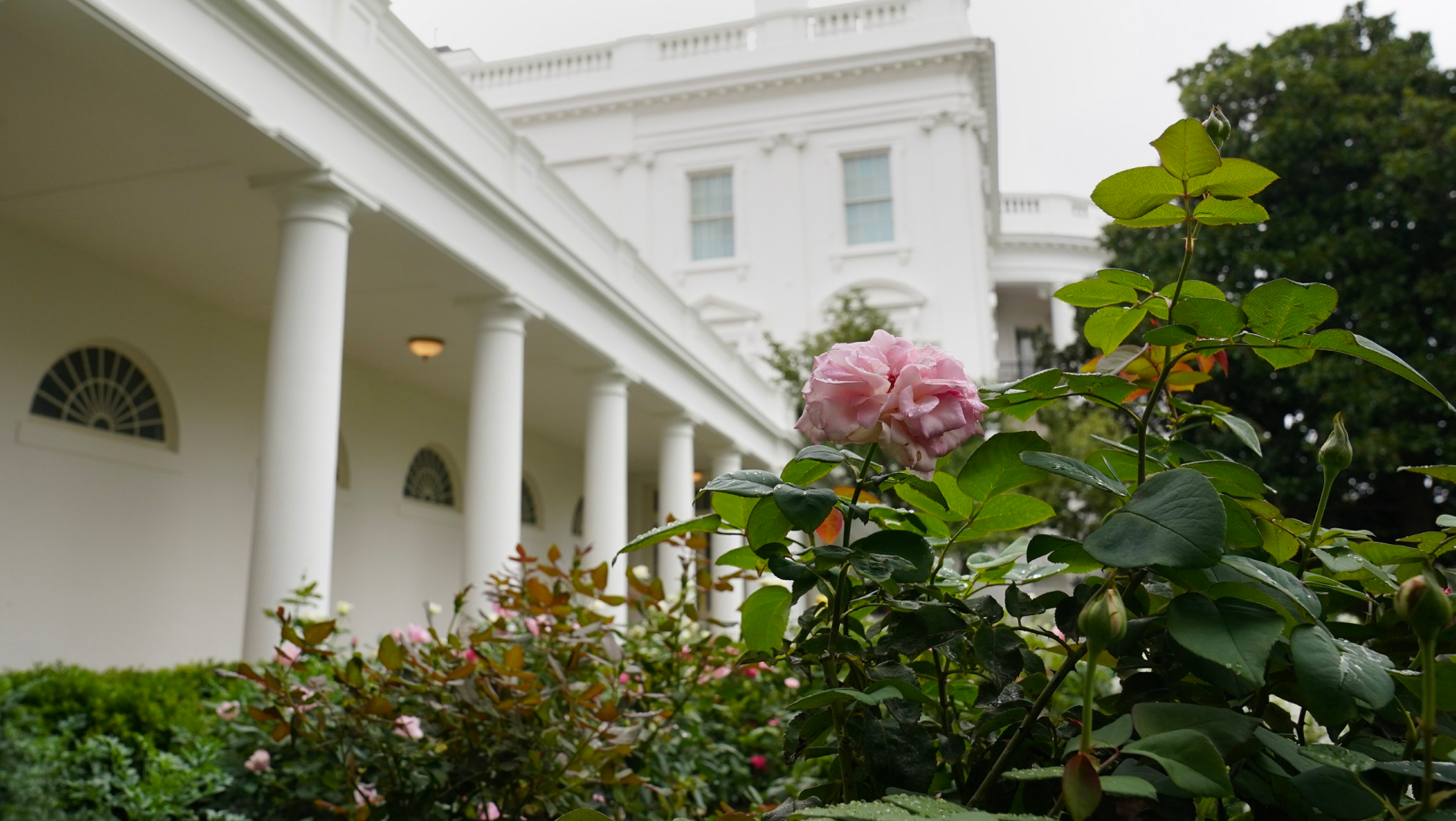
Nestled amidst the grandeur of the White House, the Rose Garden stands as a symbol of elegance, tradition, and enduring beauty. Its rich history traces back over a century, witnessing countless historic events, presidential gatherings, and moments of national significance.
Originally established in 1913 by First Lady Ellen Wilson, wife of President Woodrow Wilson, the White House Rose Garden underwent several transformations before attaining its current iconic status. Inspired by classic European gardens, it was envisioned as a serene oasis amidst the bustling political hub of Washington, D.C.
Over the decades, various First Ladies left their indelible mark on the Rose Garden, each contributing their unique vision and flair. Jacqueline Kennedy, in particular, played a pivotal role in shaping its modern incarnation. In 1962, she spearheaded a major renovation project, collaborating with renowned horticulturist Rachel "Bunny" Mellon to redesign the garden according to her refined taste.
Kennedy's vision emphasized simplicity and symmetry, featuring geometric patterns, low boxwood hedges, and a central lawn bordered by flowerbeds bursting with vibrant roses. The elegant design not only enhanced the garden's aesthetic appeal but also provided an exquisite backdrop for official ceremonies, diplomatic receptions, and presidential addresses.
Since its renovation, the Rose Garden has served as a picturesque setting for numerous historic moments, including the signing of landmark legislation, state visits by foreign dignitaries, and the swearing-in ceremonies of presidents and vice presidents. Its timeless beauty has captivated visitors from around the world and continues to inspire awe and admiration.
In August 2020, the Rose Garden underwent another renovation under the direction of then-First Lady Melania Trump. The project aimed to restore the garden to its original Kennedy-era design while improving its accessibility and sustainability. Though met with some controversy due to the removal of certain plantings and the alteration of its aesthetic, the renovation upheld the garden's status as a cherished symbol of American heritage.

1908, The west colonial garden in the Theodore Roosevelt era.
 1921, The rose garden that replaced the former west colonial garden.
1921, The rose garden that replaced the former west colonial garden.
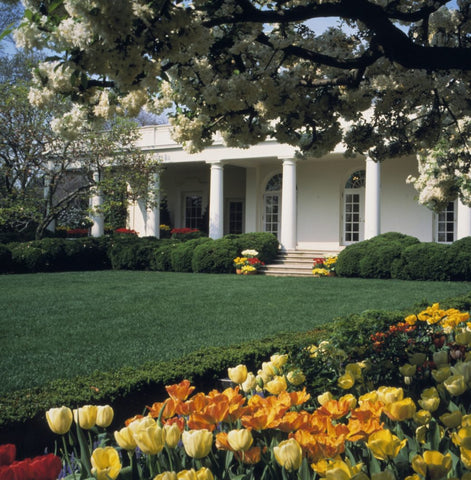 1963, The Rose Garden in Spring. Photo credit, The White House Historical Association
1963, The Rose Garden in Spring. Photo credit, The White House Historical Association
 2014, The Rose Garden of the White House is seen through the blooms of a Magnolia tree. Photo credit Paul J. Richards/AFP via Getty Images
2014, The Rose Garden of the White House is seen through the blooms of a Magnolia tree. Photo credit Paul J. Richards/AFP via Getty Images 2020, (Cover Image) The White House Rose Garden revitalization effort. Photo Credit ReDrew Angerer/Getty Images
2020, (Cover Image) The White House Rose Garden revitalization effort. Photo Credit ReDrew Angerer/Getty Images
 2020, Additional view of the recently renovated Rose Garden at the White House in August . Photo by Drew Angerer/Getty Images
2020, Additional view of the recently renovated Rose Garden at the White House in August . Photo by Drew Angerer/Getty Images
Today, the White House Rose Garden stands as a symbol of timeless beauty and resilience. It continues to inspire awe and admiration, serving as a living testament to the enduring legacy of the White House and the nation it represents. As visitors stroll through its manicured paths and admire its vibrant blooms, they are reminded of the enduring power of nature and the enduring spirit of America.

